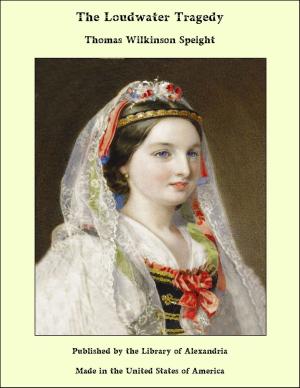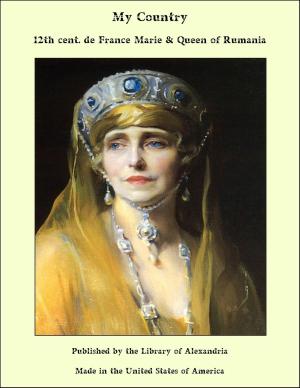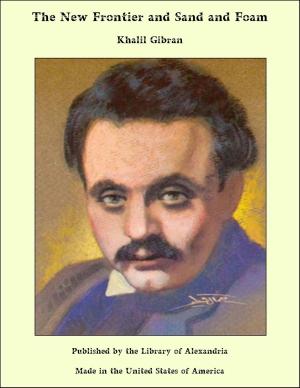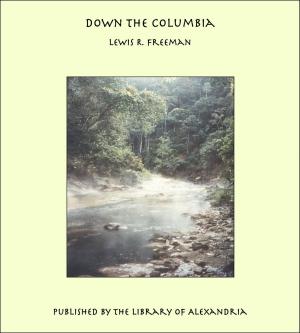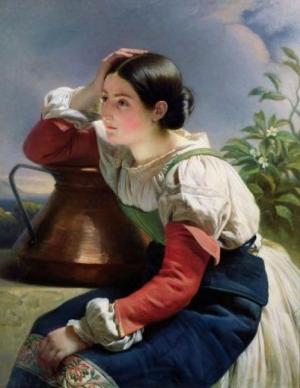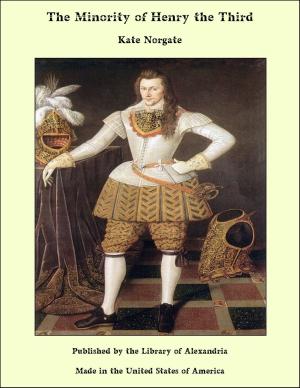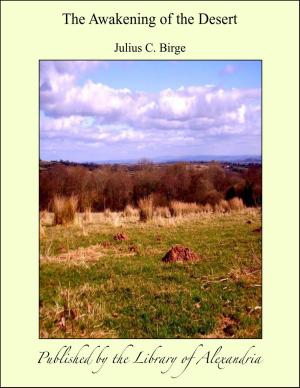The Unwritten History of Old St. Augustine
Nonfiction, Religion & Spirituality, New Age, History, Fiction & Literature| Author: | Various Authors | ISBN: | 9781465615893 |
| Publisher: | Library of Alexandria | Publication: | March 8, 2015 |
| Imprint: | Language: | English |
| Author: | Various Authors |
| ISBN: | 9781465615893 |
| Publisher: | Library of Alexandria |
| Publication: | March 8, 2015 |
| Imprint: | |
| Language: | English |
The Armada which went to found the town in Florida at the place called Santa Elena in the port of Juan Ponce on the eleventh of June, and sailed with good and mild wind. On the seventh day out we were on the river Espiritu Santo, twenty leagues south of said river, in 27th degree, from there we sailed six days to the southeast and south until we found ourselves in the chain. South from there we sailed north in search of the coast of Florida, and at the end of the eighth day, which was the eve of the visitation of Saint Elizabeth, we discovered the coast of Florida eight leagues to the west where the Armada cast anchor and took on water and wood. Now we began to have rough weather. From there the fleet sailed on the eighth of July in search of the Port Achusa, sending ahead along the coast a frigate, the pilot not knowing exactly where Port Achusa was. The Armada passed ahead and anchored in the Bay of Phillipina, which was discovered by Julio de Labazares, from whence the Governor sent to seek Port Achusa, having heard that it was the best and safest port on all that coast. Navigating along the same coast where the Armada had come, they found Port Achusa which is twenty leagues from Bay Phillipina and thirty, more or less, from the Bay of Miruelo, so that it is between two bays—latitude 30 1-3 degrees. On the return of the frigate with the news, we immediately determined to set sail with the Armada. It seemed best to have the horses go by land, so we put them off in said Bay of Phillipina, thus some of our captains made the trip overland with one hundred and forty horses, out of the two hundred and forty we started with, the others having died at sea. On the bar of Phillipina we had some trouble with the Armada in crossing, on account of its shallowness for the larger vessels, also the strong and swift current—besides the weather had changed, and it was rougher. The Armada left Bay Phillipina for Achusa on the 10th of August, the day of St. Lawrence, and it entered Port Achusa on the day of Our Lady of August, for which reason we gave it the name of St. Mary of Phillipina. It is the best port discovered in the Indias. The shallowest part at the entrance is eleven cubits, and after you enter there are seven or eight fathoms. It is spacious, having a front of three leagues, the Spaniards are already there. The entrance of the bar is half a league in width, on the eastern coast is a cliff at the mouth of the bay, and large vessels can anchor in four or five fathoms within a stone’s throw from land. It is so safe that the winds and storms cannot hurt one. We found a few Indian ranches, they seemed to be fishermen. Judging from appearances it seems to be a fertile and good soil. There are many walnuts and many fruit trees—good hunting and fishing and good in many ways. We also found some plantings of corn. On the 25th of said month of August, the Governor sent Don Tristan de Avellano in a galleon, of those we brought, for this, from New Spain, with the news of all that had happened so far. He entered the Port of San Juan de Ulloa on the 9th of September. He will supply himself quickly with provisions, which at present we have sent to ask for, and we expect the boats to return soon. They will again go to this New Spain, and wait there to see the lay of the land, and where we are to found this town, and understand all the particulars and qualities to inform you.
The Armada which went to found the town in Florida at the place called Santa Elena in the port of Juan Ponce on the eleventh of June, and sailed with good and mild wind. On the seventh day out we were on the river Espiritu Santo, twenty leagues south of said river, in 27th degree, from there we sailed six days to the southeast and south until we found ourselves in the chain. South from there we sailed north in search of the coast of Florida, and at the end of the eighth day, which was the eve of the visitation of Saint Elizabeth, we discovered the coast of Florida eight leagues to the west where the Armada cast anchor and took on water and wood. Now we began to have rough weather. From there the fleet sailed on the eighth of July in search of the Port Achusa, sending ahead along the coast a frigate, the pilot not knowing exactly where Port Achusa was. The Armada passed ahead and anchored in the Bay of Phillipina, which was discovered by Julio de Labazares, from whence the Governor sent to seek Port Achusa, having heard that it was the best and safest port on all that coast. Navigating along the same coast where the Armada had come, they found Port Achusa which is twenty leagues from Bay Phillipina and thirty, more or less, from the Bay of Miruelo, so that it is between two bays—latitude 30 1-3 degrees. On the return of the frigate with the news, we immediately determined to set sail with the Armada. It seemed best to have the horses go by land, so we put them off in said Bay of Phillipina, thus some of our captains made the trip overland with one hundred and forty horses, out of the two hundred and forty we started with, the others having died at sea. On the bar of Phillipina we had some trouble with the Armada in crossing, on account of its shallowness for the larger vessels, also the strong and swift current—besides the weather had changed, and it was rougher. The Armada left Bay Phillipina for Achusa on the 10th of August, the day of St. Lawrence, and it entered Port Achusa on the day of Our Lady of August, for which reason we gave it the name of St. Mary of Phillipina. It is the best port discovered in the Indias. The shallowest part at the entrance is eleven cubits, and after you enter there are seven or eight fathoms. It is spacious, having a front of three leagues, the Spaniards are already there. The entrance of the bar is half a league in width, on the eastern coast is a cliff at the mouth of the bay, and large vessels can anchor in four or five fathoms within a stone’s throw from land. It is so safe that the winds and storms cannot hurt one. We found a few Indian ranches, they seemed to be fishermen. Judging from appearances it seems to be a fertile and good soil. There are many walnuts and many fruit trees—good hunting and fishing and good in many ways. We also found some plantings of corn. On the 25th of said month of August, the Governor sent Don Tristan de Avellano in a galleon, of those we brought, for this, from New Spain, with the news of all that had happened so far. He entered the Port of San Juan de Ulloa on the 9th of September. He will supply himself quickly with provisions, which at present we have sent to ask for, and we expect the boats to return soon. They will again go to this New Spain, and wait there to see the lay of the land, and where we are to found this town, and understand all the particulars and qualities to inform you.



